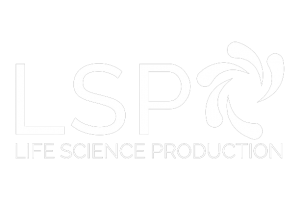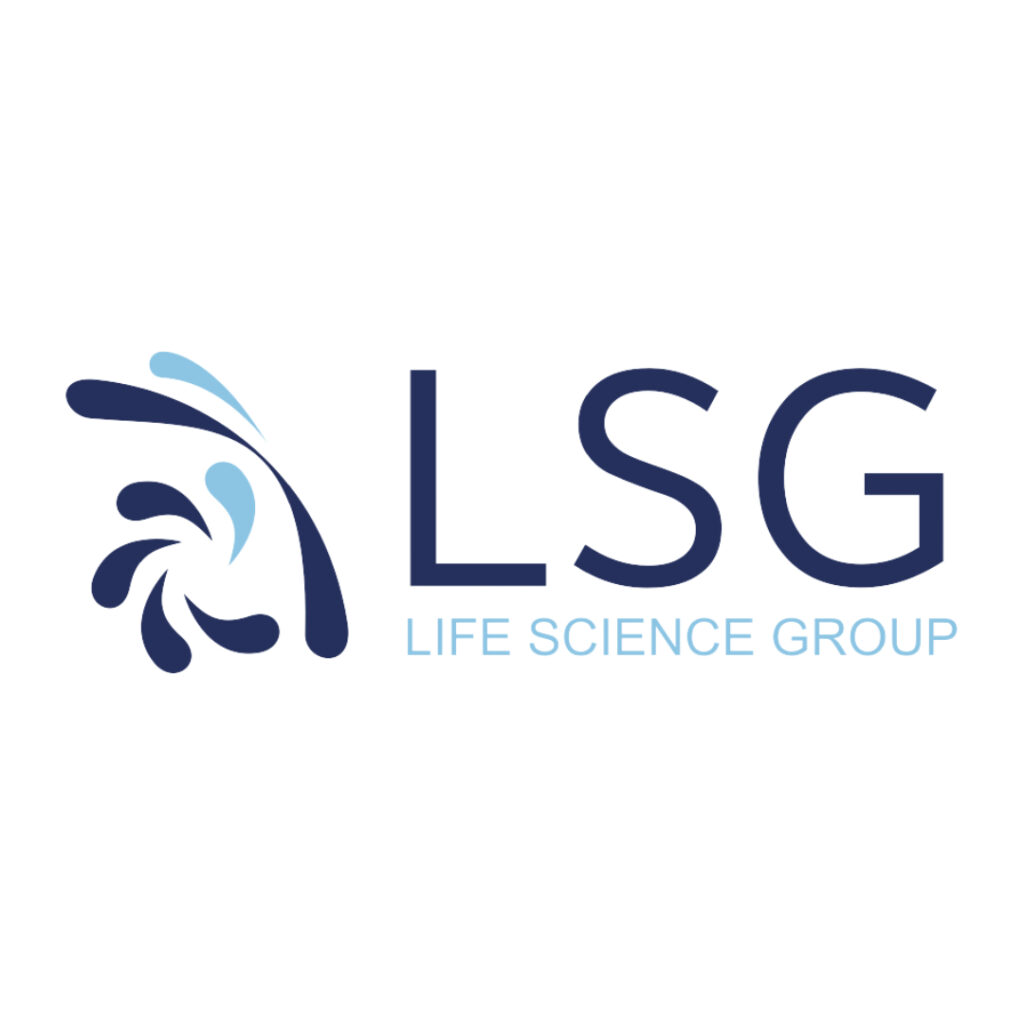Human Platelet Lysate (hPL)
Price range: £481.58 through £3,564.00
Please contact us for availability.
Additional information
| Storage Temperature | -20°C or below |
|---|---|
| Shipping Temperature | On Dry Ice |
| Grade | Clinical Grade, Clinical Grade GMP-ready pathogen reduced, Research Grade |
| Size | 100 mL, 500 mL |
Product Literature
Human Platelet Lysate (hPL) Product Information Sheet – PI26


